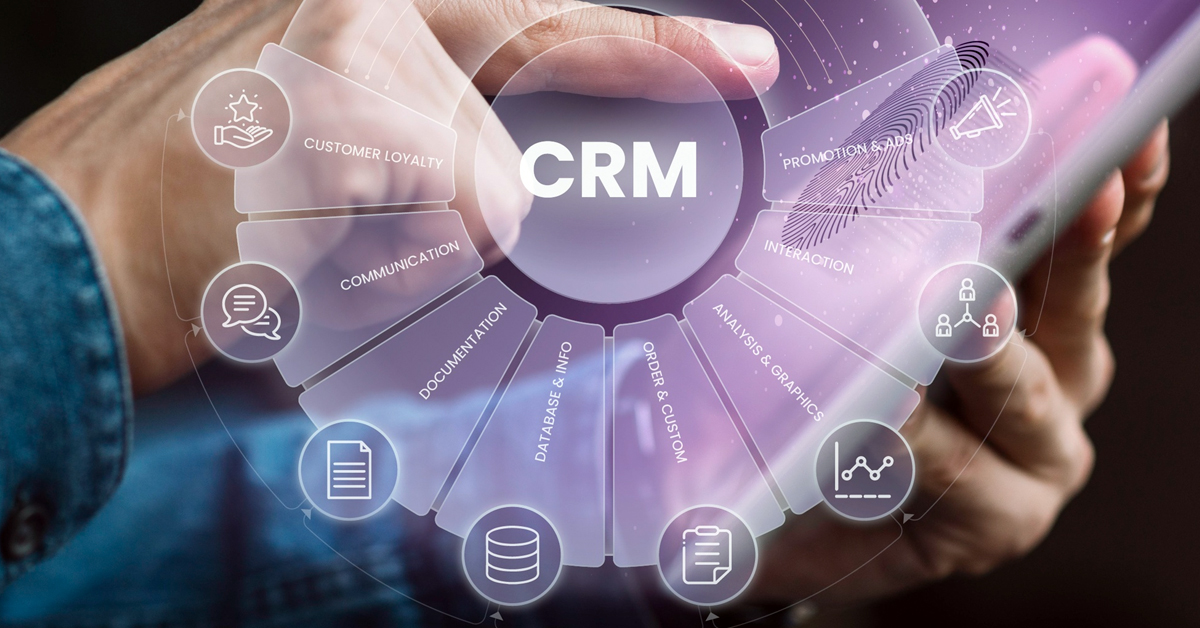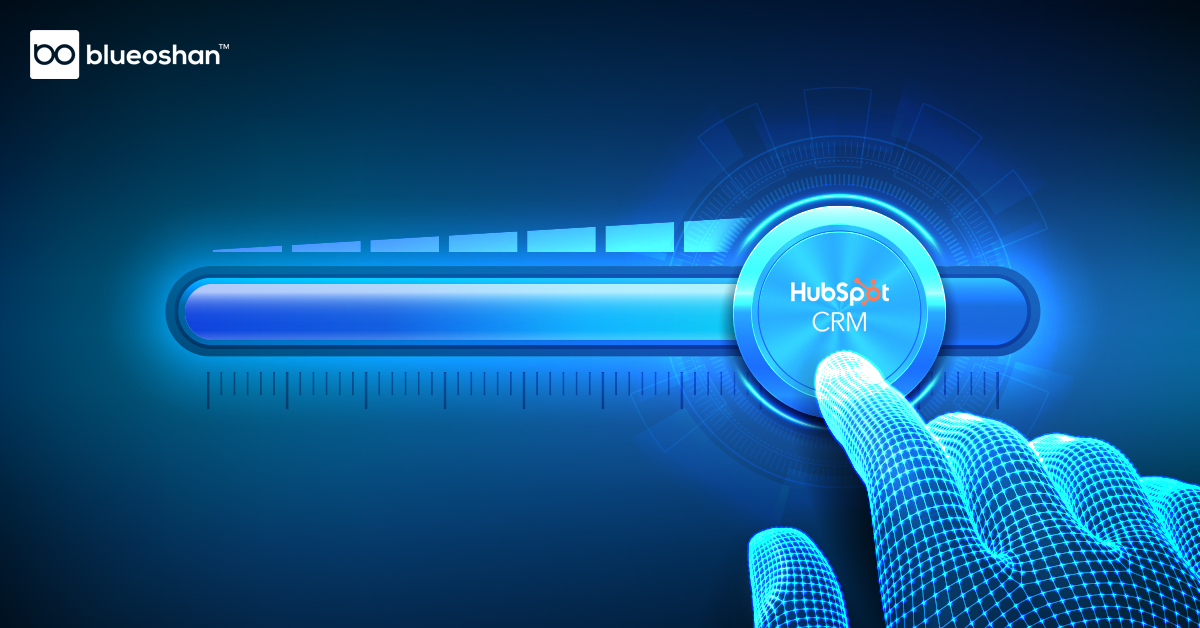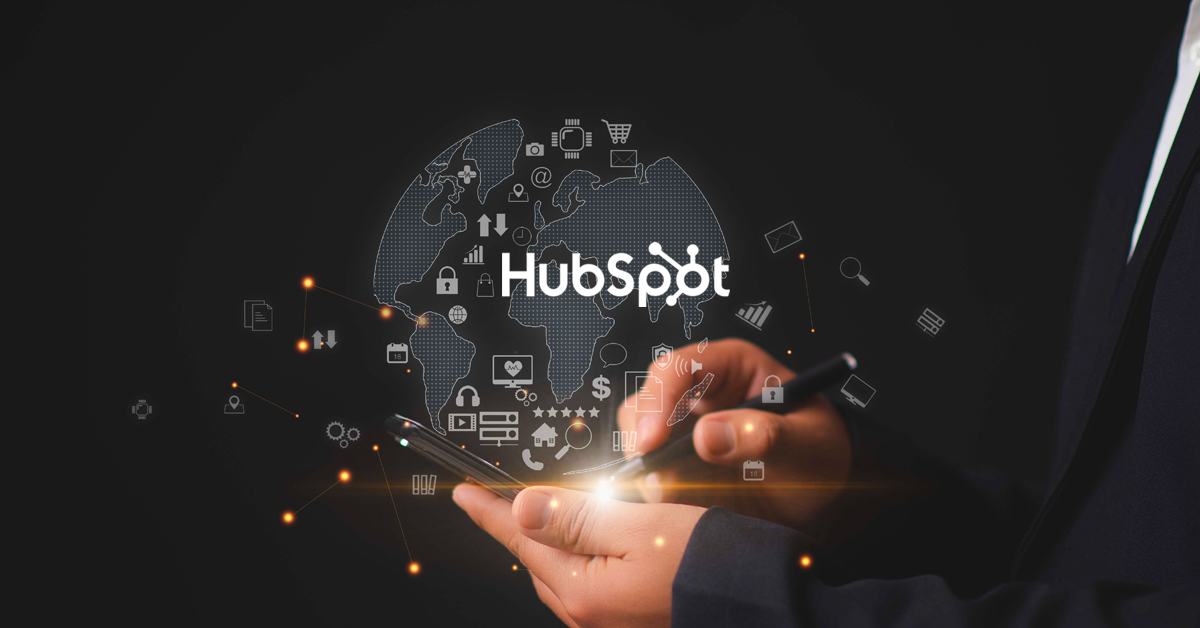-
MarTech Services
- HubSpot
- OneSignal
HubSpot
Technical Consulting
Partner with experts who understand your HubSpot systems and business needs inside out.
Revenue Operations
Drive revenue growth with tailored RevOps strategies designed for HubSpot users.
Hubspot Integration Services
Seamlessly integrate HubSpot with your existing tools to enhance operational efficiency.
Sales Enablement
Boost your sales team’s efficiency with focused HubSpot Sales Enablement solutions.
CRM Data Migration
Effortlessly migrate your CRM data to HubSpot with precision and support.
Hubspot Onboarding
Efficiently onboard clients to HubSpot, ensuring a smooth transition and rapid platform adoption.
HubSpot Administration
Maximize your HubSpot investment with expert management and optimisation tailored for HubSpot clients.
Marketing Assets Development
Develop, deploy, and manage digital assets, ensuring a fresh and engaging presence.
-
Solutions
-
Website Services
Website Development
We bring together expertise, creativity, and measurable results, making us the go-to choice for HubSpot website creation.
Website Migration
Our approach to website migration goes beyond a technical transfer; we prioritize a user-centric experience.
Website Maintenance
Optimize your online presence with effective, growth-driven websites focusing on nurturing website visitors, creating and deploying content, and tracking progress with precision.
Website Audit
Is your website performing at its peak? Our CMS Consultants are here to help you find out with our comprehensive Website Audit service.
-
Resources
-
Company
Clients
We have worked with clients from various industries across the globe, making our journey diverse and exciting.
Team
We put decades of experience where our mouth is. So what you get is market-tested and tried, not theory. We believe in plain speak, which we believe works better than jargon.
Solutions Partner
BlueOshan is not just a partner; we are among the most experienced and adept in the HubSpot ecosystem.
- Contact Us
Fine tuning HubSpot’s CRM – the customization possibilities

Venu Gopal Nair
July 21, 2023

The power of leveraging HubSpot’s CRM comes from its ability to be customized and extended to manage processes within a company. At the base level, it is a repository of all interactions the company has had with prospects and customers.
In a recent webinar, Amy Chamness, HubSpot's Product Marketing Manager, demonstrated how HubSpot’s CRM could meet a company’s specific requirements—how to model the need, customize it, and extend it.
Why is it important to be able to customize the CRM?
Businesses of all sizes are rapidly changing. In the current wave, they are changing at a pace that we have never really seen before on the technological side. There are tons of advancements, for sure. Generative AI is coming out of the woodwork, and that has obviously changed companies' priorities.
Resource pressures are being placed on businesses, and every department is being asked to do more with less. All business adaptations require resources that they do not have. They are being restrained, and budgets are being reduced. A recent Zoom Info study showed how CRM implementations are a multibillion-dollar business.
The average CRM implementation costs hundreds of thousands of dollars. It is common for a lot of the budget to be allocated for customization—whether you are setting up a new CRM, ripping out a different CRM and customizing it from the ground up, or engaging with a partner or a developer to change something about your CRM implementation.
Typically, that involves some business process change. AI could be a common sort of instigator. Or market dynamics could dictate a change in your processes. It could also be that you need to incorporate new technology. There could be many reasons, but the basic change involved means that you have to customize the CRM to manage these changes on the ground.
HubSpot’s CRM is seen as 1.7 times more customizable than Salesforce, as evaluated by existing customers. That is one of the factors driving greater adoption and helping companies meet the twin needs of staying within tight budgets and making the necessary changes.
So, what changes can you make easily?
The first is your model, which means modeling your data within the platform. This typically happens at the start of an implementation. By mapping your data structure onto the HubSpot platform, you can access features such as custom objects, custom properties, timeline events, associations, etc.
The second piece is configuration. That is when you configure pre-built HubSpot defaults to meet your business needs. These do not require complex developer skills but can be managed by HubSpot admins—going into a pipeline and tweaking a stage or going to an index page and changing it so that it represents the data that a given team needs.
The third category is extending your data or data structure in HubSpot. This makes HubSpot not only a tool that is easy to use but also easy to adapt.
Examples to illustrate the ways in which it is being used
In data modelling, a shipping company needed to represent warehouses within HubSpot. They used a custom object called the warehouse. They defined the associations within the platform so warehouses were associated with deals amongst other objects. Then they used Association labels to define how a warehouse interacted with a specific deal. Whether it was the primary warehouse, the other warehouses involved, the current status of that warehouse, or the products being fulfilled, shipped, or procured out of that warehouse, they were all represented.
In configuring, a university has two different teams, which use the contact object, recruitment and admissions. The school configures the contact object so that recruiters and admission agents have unique views of the contact record, displaying only relevant data.

And as far as extensibility goes, a garbage collection business customizes the company record to include a custom tab. On this custom tab, they have a card that integrates an external map tool so that drivers can easily locate the company on their route.
Custom cards are exciting, but they are just the first step in this world of UI extensibility. HubSpot is currently working on a ton of other touch points within the interface and within the CRM to build more use cases that customers can deploy, specific to their needs.
Blueoshan has implemented several projects for clients that perform each of the functions outlined above, whether expanding the data structure, configuring internal processes, or extending functionality.
If you are underutilizing the power of HubSpot’s CRM, we can work with your teams to expand functionality and save resources. We have built special modules to handle multiple types of configurations and make these changes quickly. Since we have worked on databases with millions of records, we know the complexity involved and how to solve tricky issues.
Get in touch with us anytime here.
BlueOshan is a HubSpot Diamond -Tier Solutions Partner. Delivering worldwide from India

Venu Gopal Nair
Advertising and Branding Specialist, CEO - Ideascape Communications, A professional journey through the tumultuous years of advertising and communication, starting in 1984. Started out in the age of print, saw the changes with the entry of satellite TV and the momentous transition to digital. Advertising and branding today is vastly different from its practices in the 20th century and the last two decades have seen dramatic changes with smartphone domination. As a Creative Director turned CEO, making the transition personally and professionally has been a tremendous experience.
Related Articles

March 22, 2021

May 25, 2022

